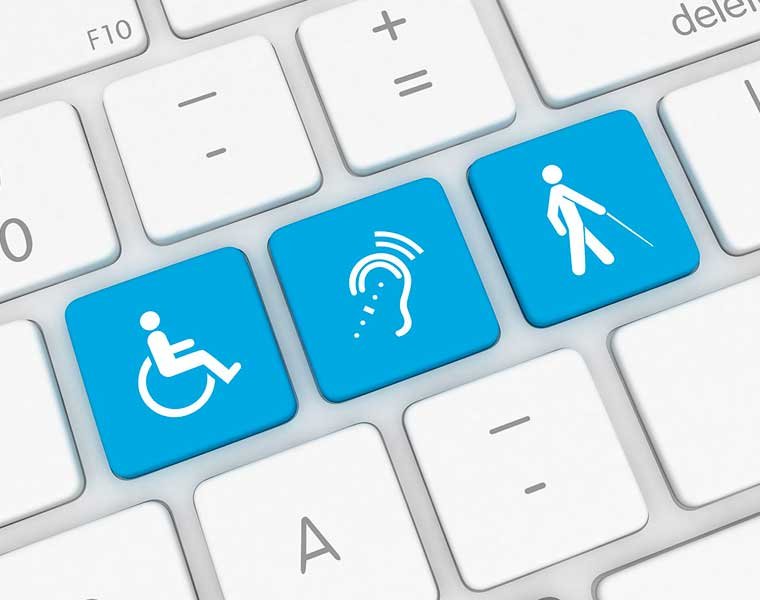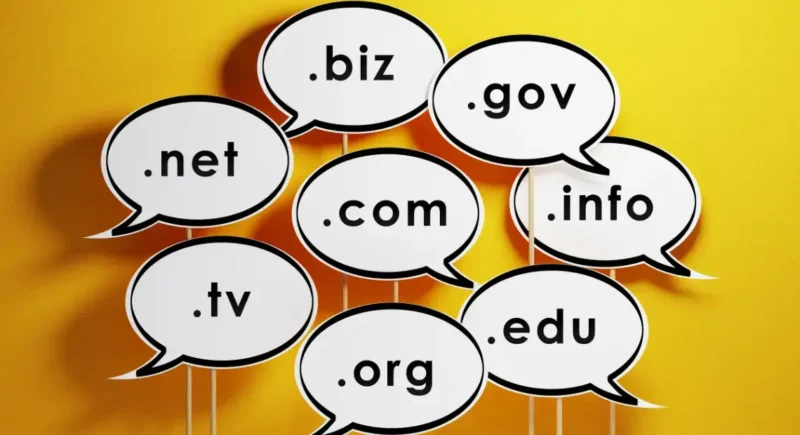What if your website was accidentally turning away customers? For many small businesses, this is a surprising reality. Website accessibility is about making sure your site works for everyone, including the one in four people who have a disability. It’s a simple change that can open your business to a massive new audience and make your brand more inclusive.
Why you should care about website accessibility.
- Legal protection. In many countries, laws require websites to be accessible. For example, the Americans with Disabilities Act (ADA) in the United States mandates that public websites be usable for people with disabilities. Not following these rules can lead to legal issues.
- Wider audience. Over one billion people worldwide have some form of disability. Making your website accessible helps you connect with a larger audience and avoid missing potential customers.
- Better experience for everyone. Accessible websites often provide a better experience for all users. Clear navigation and readable text benefit everyone, not just those with disabilities.
- Boost your SEO. Many accessibility practices, like using descriptive image text, also help search engines find and rank your site.
- Positive brand image. Showing that you care about inclusivity enhances your brand image. More consumers prefer to support businesses that prioritize accessibility.
“An accessible website is good for people and good for business.”
Simple ways to make your website accessible.
- Use alt text for images. Add descriptive text so screen readers can explain what the images show. For example, instead of “image1.jpg” (which is meaningless to a screen reader), use “A group of diverse people smiling at a community event.” This simple change helps someone with a screen reader understand what the image is about.
- Enable keyboard navigation. Make sure users can navigate your site using just a keyboard, which is crucial for people who can’t use a mouse.
- Choose good color contrast. High contrast like dark text on a light background makes text easy for everyone to read. Avoid low contrast combinations like light gray text on a white background.
- Organize content with headings. Use H1, H2, and H3 headings to structure content, making it easier for screen readers to navigate.
- Provide transcripts and captions. Include transcripts and captions for videos and audio. This helps people who are deaf or hard of hearing and benefits those who prefer reading.
- Add skip navigation links. Let users bypass repetitive menus to reach the main content quickly, which is especially helpful for screen reader users.
- Make forms accessible. Clearly label form fields and provide understandable error messages. For example, instead of just “Error,” say “Please enter a valid email address.”
Need help?
Making a few simple changes can make a big difference for your website and your customers. Ready to make your site more welcoming and inclusive? We can start with a simple checkup to identify any issues. I can help you with recommendations and even implement the changes for you. Let’s make your website open for everyone.




